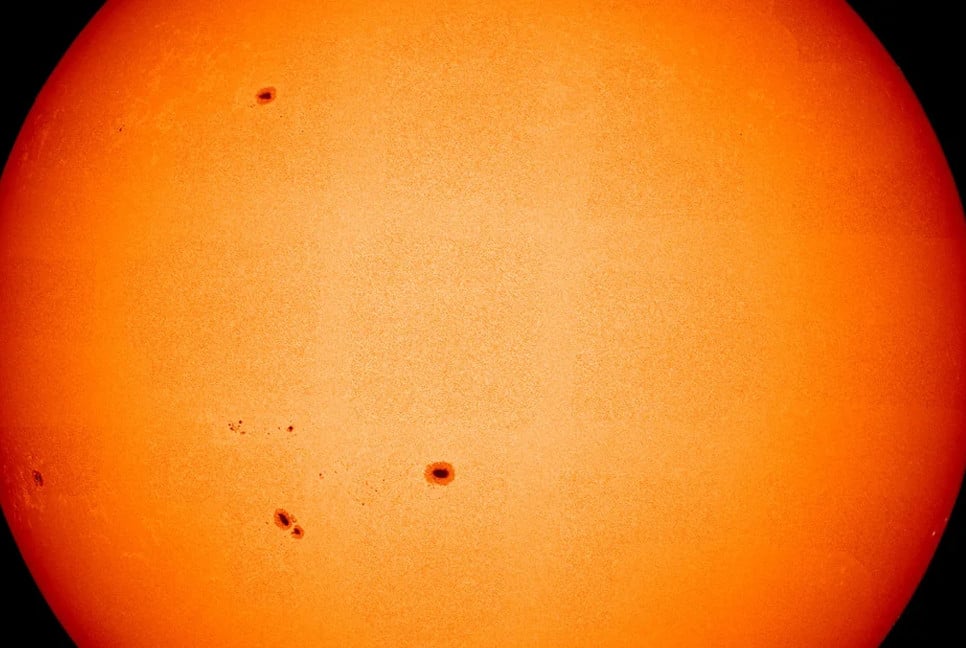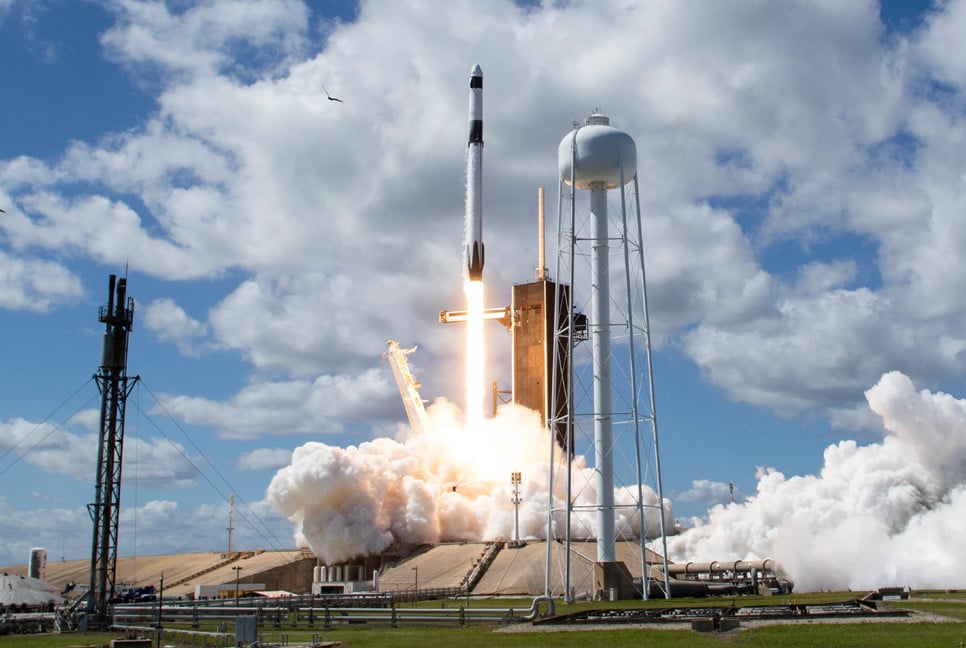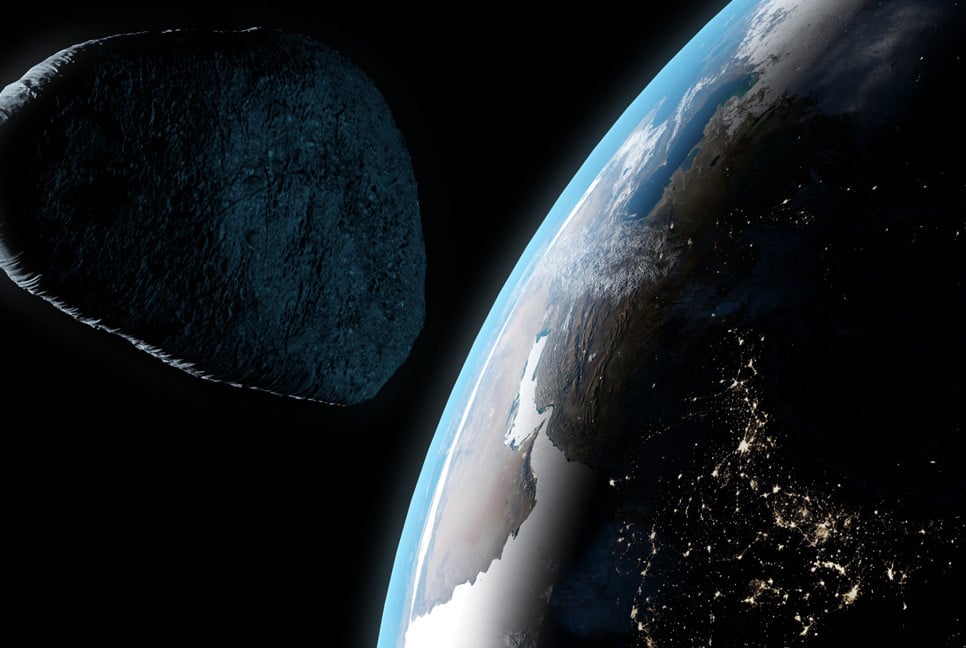New images of the sun captured by the Solar Orbiter mission has showcased the highest-resolution views of our star’s visible surface ever seen, revealing sunspots and continuously moving charged gas called plasma. The images could provide heliophysicists with new clues to help unlock the secrets of the sun like never before.
The images, taken on March 22, 2023, and released Wednesday, showcase different dynamic aspects of the sun, including the movements of its magnetic field and the glow of the ultrahot solar corona, or outer atmosphere, reports CNN.
The Solar Orbiter, a joint mission between the European Space Agency and NASA that launched in February 2020, orbits the sun from an average distance of 26 million miles (42 million kilometers). Missions like Solar Orbiter and NASA’s Parker Solar Probe are helping to answer key questions about the golden orb, such as what fuels its stream of charged particles called the solar wind and why the corona is so much hotter than the sun’s surface.
Parker Solar Probe is poised to make the closest approach to the sun attempted by a spacecraft in late December, while Solar Orbiter is tasked with taking the closest-ever images of the sun’s surface. The flight path of the Parker Solar Probe will take it too close to the sun to carry cameras and telescopes, but Solar Orbiter is outfitted with an array of instruments to share its unique observations of the sun.
What’s more, the Solar Orbiter and Parker Solar Probe are studying the sun at close distances at an ideal time — during the peak of its annual cycle.
“These new high-resolution maps from Solar Orbiter’s PHI instrument show the beauty of the Sun’s surface magnetic field and flows in great detail. At the same time, they are crucial for inferring the magnetic field in the Sun’s hot corona, which our EUI instrument is imaging.”
Stunning solar portraits
Together, the new images have showcased the sun’s varied and complex layers.
The visible light image of the photosphere showcases sunspots, which resemble holes on the solar surface. These dark regions, some of which can reach the size of Earth or larger, are driven by the sun’s strong and constantly shifting magnetic fields. The spots, regions where the sun’s magnetic field breaks through the surface, are cooler than their surroundings and give off less light.
Scientists also measured the speed and direction of material on the sun’s surface using a velocity map, or “tachogram.” The blue portions indicate movement toward Solar Orbiter, while red shows what is moving away from the spacecraft.
Charged gas on the sun’s surface generally moves in tandem with how the sun rotates on its axis, while the plasma is actually forced out around the sunspots.
Meanwhile, the Extreme Ultraviolet Imager observes the sun’s corona to help determine why it is significantly hotter than the photosphere, reaching 1.8 million degrees Fahrenheit (1 million degrees Celsius). The EUI’s image of the corona provides a snapshot of what occurs above the photosphere, and the hot, glowing plasma can be seen protruding from the sunspot regions.
Given Solar Orbiter’s proximity to the sun, the spacecraft had to be rotated after each image to capture every part of the sun’s face. As a result, each image is the result of a mosaic of 25 individual images.
On December 24, Parker Solar Probe will come within 3.86 million miles (6.2 million kilometers) of the solar surface, closer than any human-made object to the sun. The flyby could help scientists study the origins of space weather directly at the source, as the probe will zoom close enough to sail through plasma plumes and solar eruptions connected to the sun.
Bd-pratidin English/ Fariha Nowshin Chinika




























































